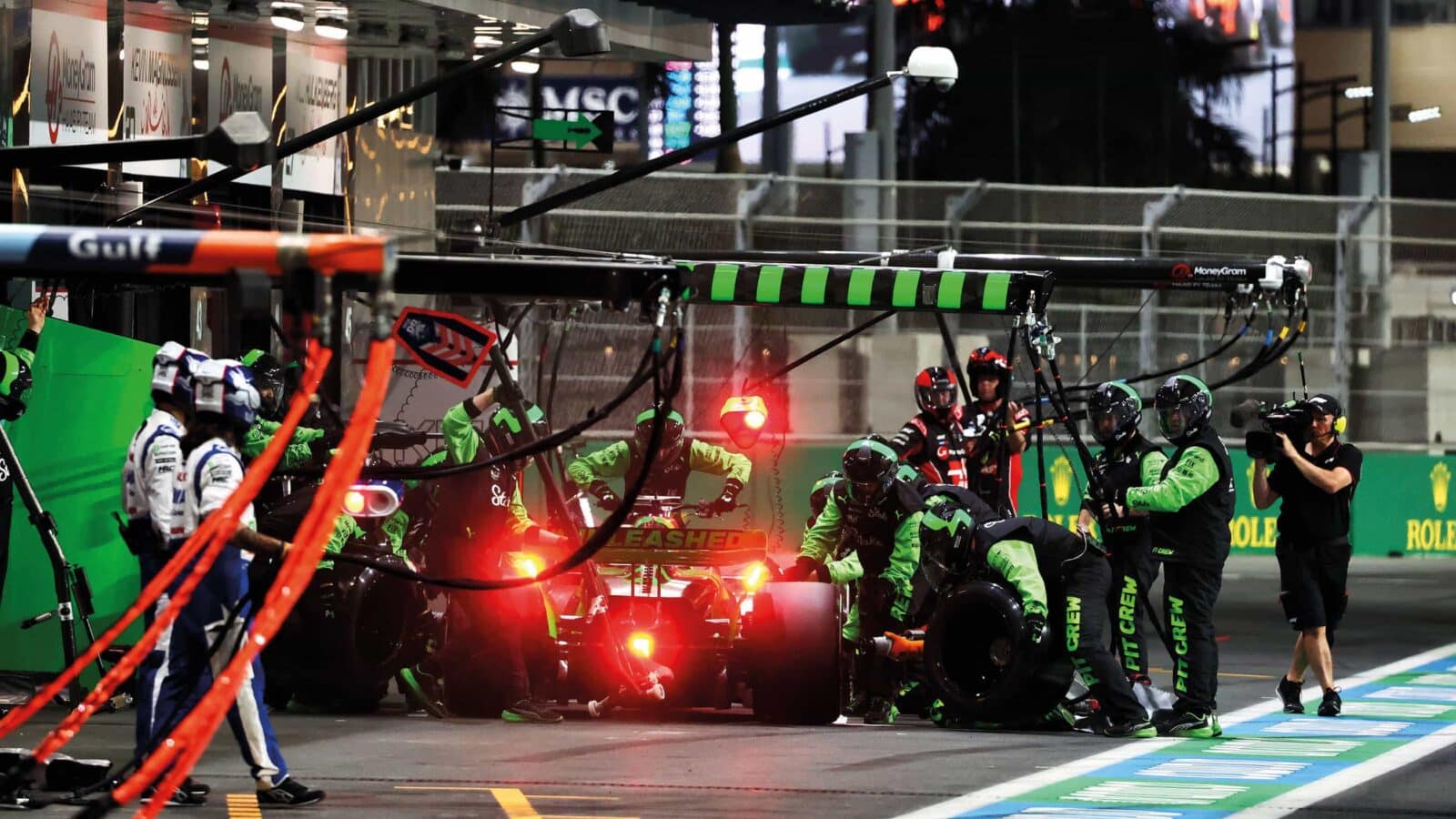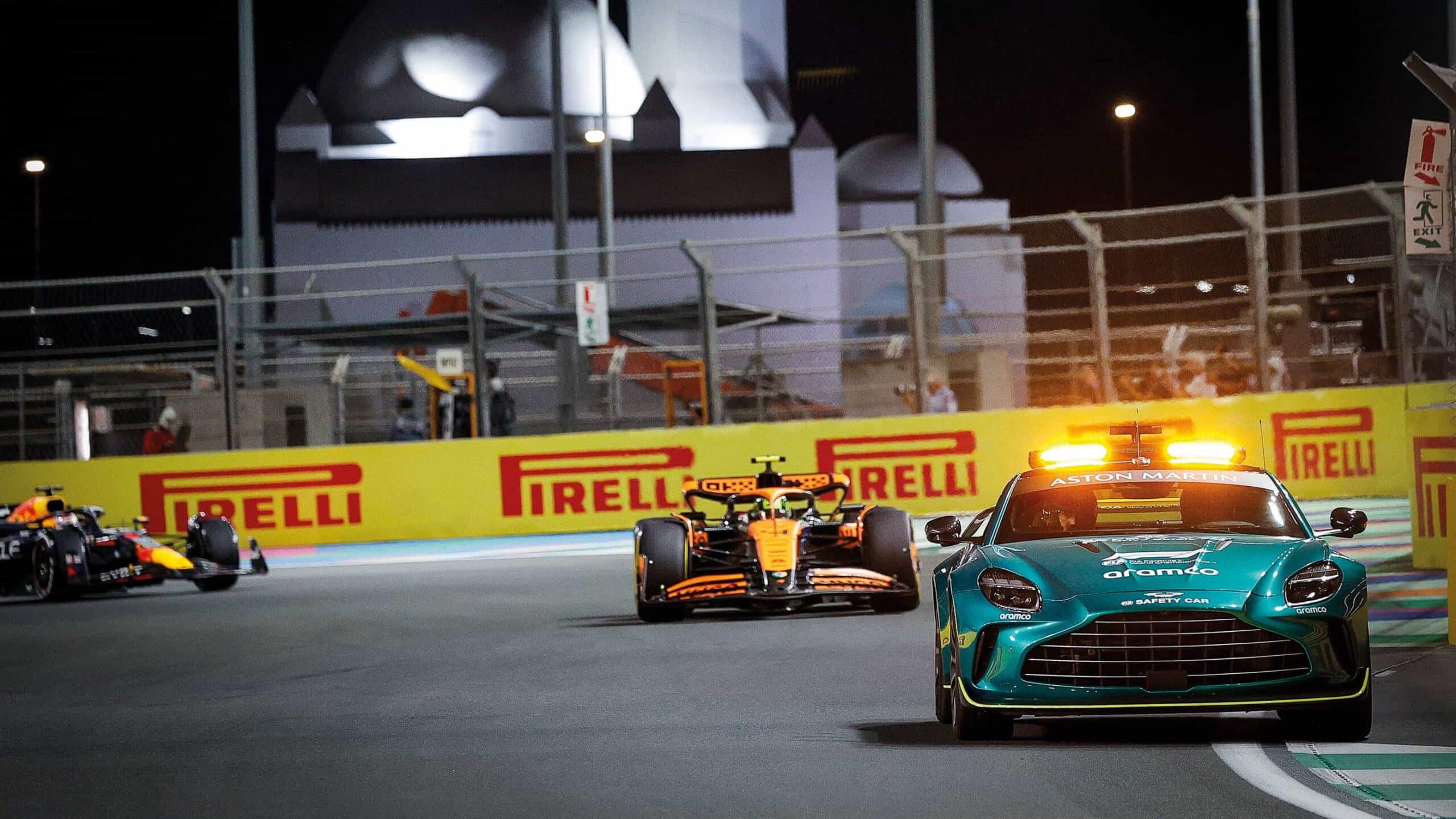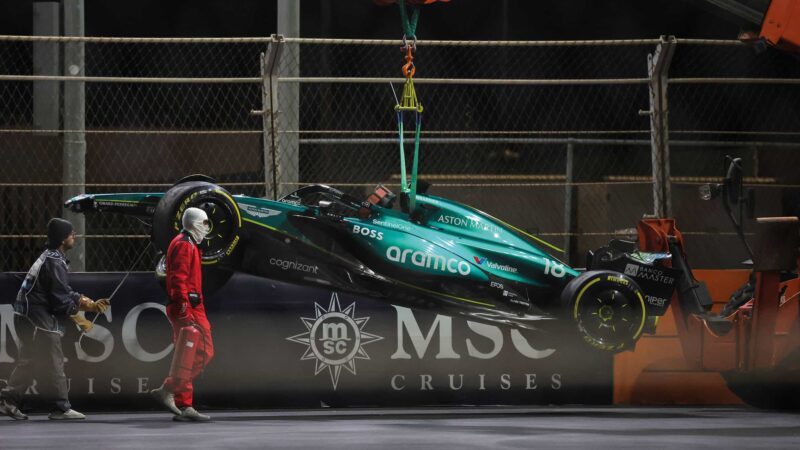F1’s pitstop conundrum at 2024 Saudi Arabian GP
A Lance Stroll crash in the Saudi Arabian GP brought a strategy puzzle with no clear answer – as Mark Hughes explains

What to do next? After just seven laps in Jeddah, the safety car came out. Sauber brought Bottas into the pit
Alamy
A particular set of occurrences in the Saudi Arabian Grand Prix triggered a highly unusual strategic conundrum in which there was no right answer in real time, but only in hindsight.
Tyre degradation was particularly low around the Jeddah track. The C2 hard compound tyre was easily capable of doing a full race distance and it was even speculated that the medium C3 could also have accomplished this.
Without a limitation on stint length and with a very small difference in performance between new tyres and old, the pitstop window was incredibly wide. In the event of a safety car, it would be feasible to make the mandatory change of tyre compound at any time from lap one onwards! If there was no safety car, then the optimum timing of the single stop would be determined by traffic and track position rather than performance differentiation between new and old rubber.

So when Lance Stroll brought out the safety car by crashing his Aston Martin on lap seven, there were dilemmas up and down the length of the pitwall. Whether it would be faster to come in – taking advantage of a saving of around 10sec compared to the pack at racing speed rather than the stipulated safety car delta speed – or stay out to get a clear run in the traffic was not knowable in advance. Especially for those towards the front of the field. It depended upon what everyone else did. The best strategy would be to do what most of the field did.
As it turned out, most of the field came in, thereby making that the best strategy. Only Lando Norris, Lewis Hamilton, Zhou Guanyu and Nico Hülkenberg stayed out (on account of them being so close behind their respective team-mates they would have lost time being stacked in the pits). If there had been a bigger split between those coming in and staying out, the prime strategy would have been far less clear.

The culprit for the hold up was Aston Martin’s Lance Stroll, who crashed into barriers
If half the cars had stayed out and you were running with six or seven cars of traffic in front of you, staying out would have been much worse than it ended up being. Conversely if, say, McLaren’s Oscar Piastri had stopped and no one else did he’d have dropped from fourth place to 18th and he’d never have made all those places back up if most of the field went long (as they would likely have done).

